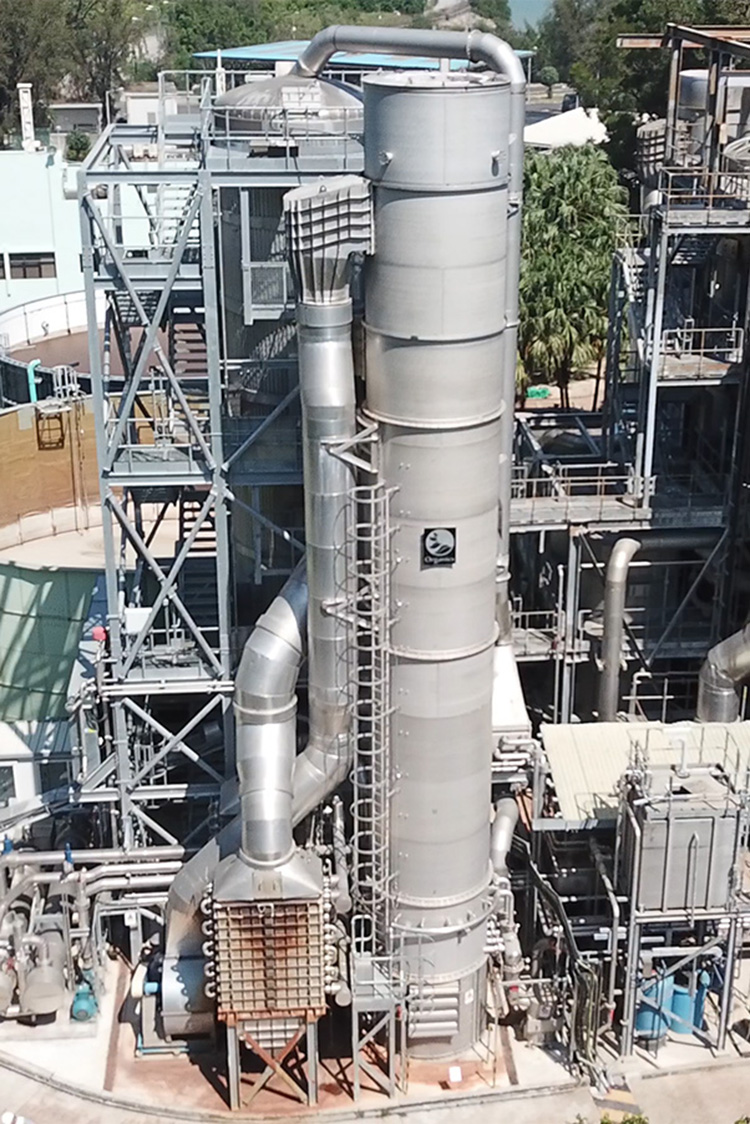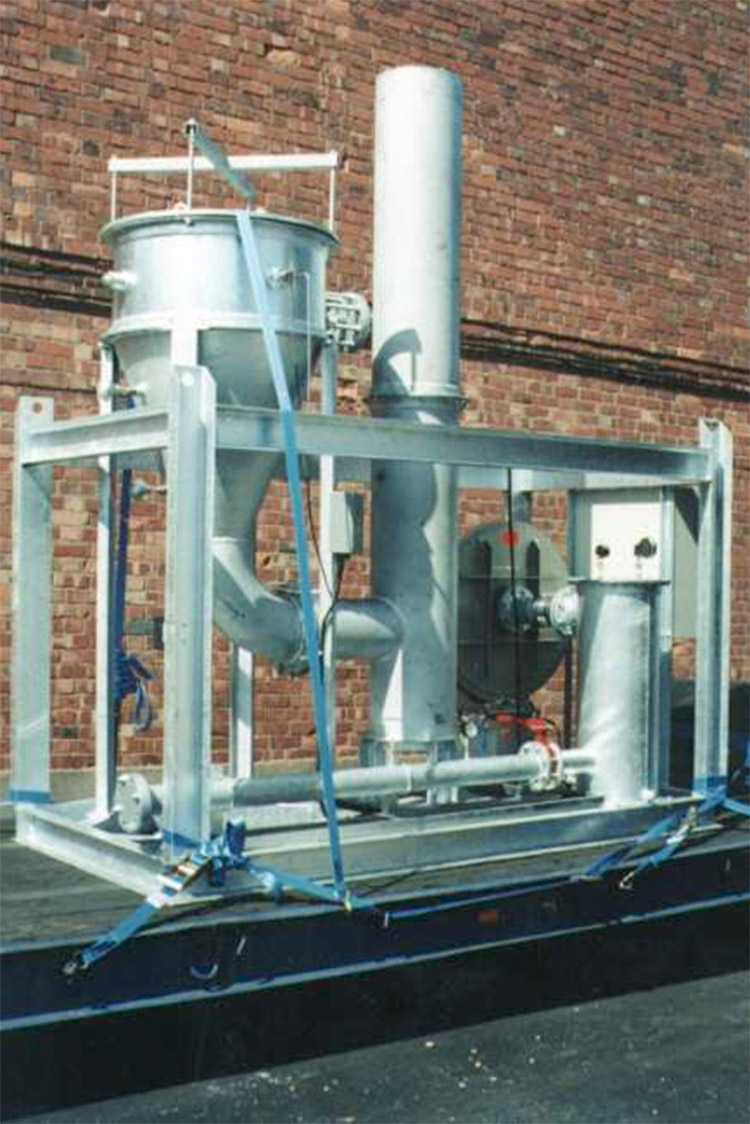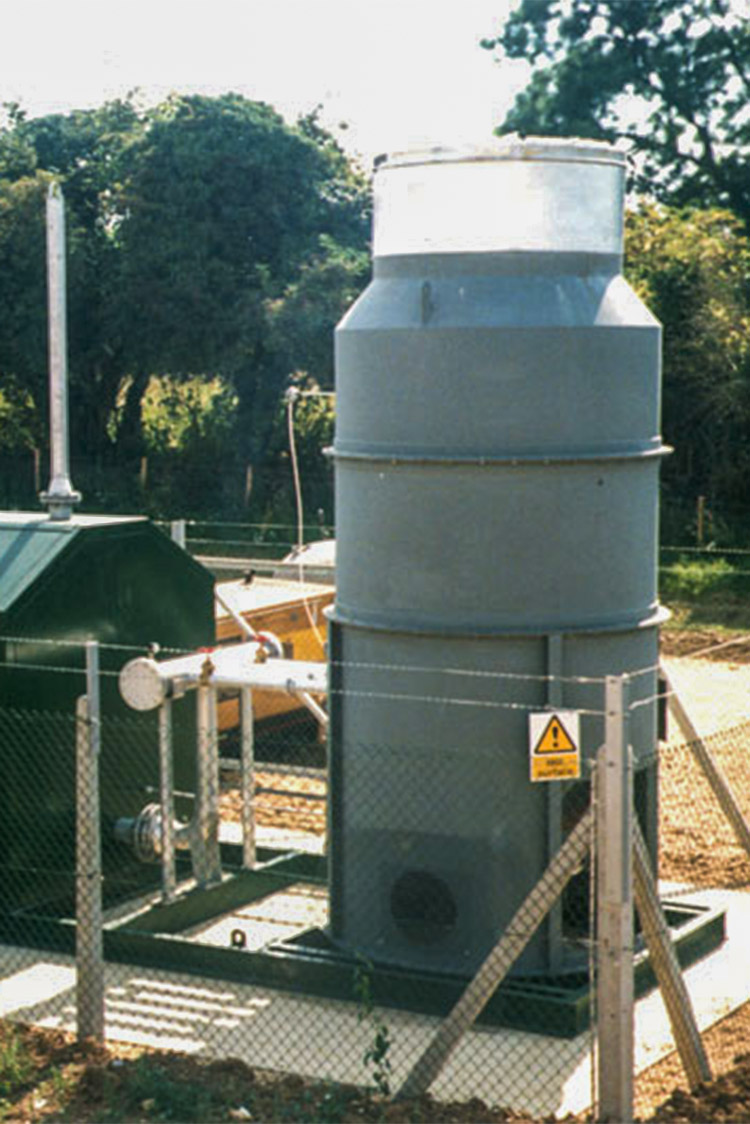Flare Systems
There are certain circumstances where it is important to control biogas emissions to atmosphere. Burning biogas must be carried out with care as if the flame temperature is too low, not all the methane will be destroyed. Equally, if too high, NOx can form. Organics has many years of experience in supplying efficient flarestacks to the biogas industry.
SMART Flares
AC Range Flares
SC Range Flares
MC Range Flares
LHC Range Flares
RB Range Flares
If the quantity of biogas collected allows, the preferred solution for its disposal is energy production. However, under some circumstances, flaring of biogas is necessary as if it released directly into the atmosphere, it acts as a highly toxic greenhouse gas. Organics offers several options for flaring to ensure maximum environmental protection.
SMART Flares
The Organics premier range of flares which, as well as allowing high-temperature combustion, include full facilities for exhaust gas recycle, combustion air staging and fuel-gas staging to minimise the formation of NOx.
It is well known that exhaust gas recycling has provided significant reductions in the NOx content of exhaust flows from combustion processes. The SMART flare takes this principle and combines it with an ordinary SC Range or MC Range flare to give natural-draft driven exhaust gas recycling. The draft induced by the chimney is used to drive the recycling, thus obviating the need for expensive and costly to run exhaust fans.
Send download link to:
The AC Range of flarestacks
The AC Range of open flare stacks provides a degree of control over the combustion process in an elevated flame burner. The burner tip arrangement is based upon the principle of pre-aerated combustion giving the option of a short, sharp, non-luminous flame, as opposed to the yellow-tipped, long, lazy, flame typical of diffusion burners. In the latter system, air is mixed with the combustion gases after exiting the burner port.
Flame temperatures are controlled in the range of 800 to 1,000ºC, depending upon the methane concentration, flow rate and prevailing wind conditions. The increased aeration reduces flame yellowing, which in turn reduces radiant heat, allowing a shorter flare without an increase in ground
temperatures.
Send download link to:
The SC Range of flarestacks
The SC (Standard Combustor) Class of flare stacks provide a realistically priced option to meet growing public concern about emissions from landfill gas flares. The key to the current technologically preferred solution is to raise the temperature of the combustion process to at least 1,000ºC and retain the combusted gases at this temperature for an extended period of time.
This can only be achieved with an SC (or “enclosed”) type of flare unit which controls heat loss to the environment and holds the gases at the design temperature for a specified period, referred to as the “retention time”. Critical to a successful application of this approach to meet emission standards is control of the combustion air. This must provide homogenous conditions in the shroud, achieved by means of good mixing of fuel gas and combustion air within the combustion zone.
Send download link to:
The MC Range of flarestacks
The MC range of flare stacks raises combustion temperature to 1200ºC and retains the combustion gases at this temperature for an extended period of time.
This can only be achieved with a shrouded type of flare unit which controls heat loss to the environment to the absolute minimum and holds the gases at the design temperature for a specified period within a combustion chamber of adequate volume.
Tight control of temperature losses and combustion air is essential.
The MC Range provides the optimum specification in terms of meeting a destruction and removal efficiency requirement. Flame temperatures of up to 1200ºC are attainable.
Send download link to:
The LHC Range of flarestacks
The LHC (Low Heat Content) Range flare is designed to address the problem of combusting gases with low calorific values, or heat content. The optimisation of combustion control techniques ensures that heat loss is minimised, whilst air and gas mixing is maintained at a very high level.
The LHC Range flare is available as a standard in the size range 250 cubic metres per hour to 1,000 cubic metres per hour. Higher volume flow rates can be accommodated by installing multiple units.
The LHC Range flare is ideally suited to older landfill sites or where there is a sufficient methane concentration to pose a problem but not enough to combust with conventional flaring techniques.
The RB Range of flarestacks
The RB range of flare stacks is a low height machine designed to offer an environmentally sound combustion alternative for locations where height is a restricting factor.
The system has an extended diameter flare shroud and increased flame distribution across the shroud cross-sectional area. With a low heat-flux to area ratio elevated temperatures can be maintained to ensure that the retention time of the combusted gas mixture is not compromised.
It should be noted that a short shroud gives a lower head of air inspiration, leading the possibilty of a long, lazy flame diffusion. The Organics approach is to use a higher pressure at the burner to achieve the conditions required for turbulent diffusion flame combustion, thus avoiding this phenomenon.
Send download link to:

ORGANICS GROUP
Please consult the following pages before using our site:
Organics Privacy Policy
Data Privacy and Protection Policy
CONTACT
Please contact us for further information
SOCIAL MEDIA






